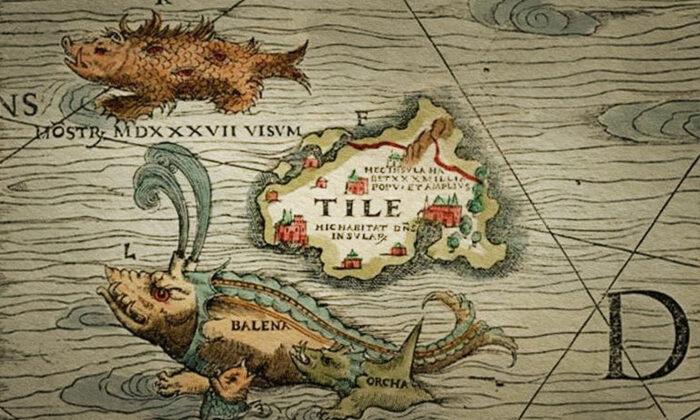A team of archaeologists excavating tombs in western China uncovered the remains of two nomadic herders and a 3,000-year-old pair of trousers with woven patterns, which are the oldest known pair ever discovered, according to a report in Science News. The finding gives support to the theory that the transition from tunics to trousers was a practical development for horse-riders of the time.
It is not known when humans first began making clothing due to the fast deterioration of fabrics and materials, but estimates range between 100,000 and 500,000 years ago. The first clothes were made from animal skins and furs, grasses, leaves, bones, and shells. Clothing was often draped or tied however, simple needles made out of animal bone provide evidence of sewn leather and fur garments from at least 40,000 years ago. When settled Neolithic cultures discovered the advantages of woven fibres, the making of cloth emerged as one of humankind’s fundamental technologies. The earliest dyed fibres have been found in a prehistoric cave in the Republic of Georgia and date back to 36,000 BC.
The first clothing made from woven fabrics, in both Europe and Asia, included simple tunics, robes, togas, wraps, and tied cloths. But at some point, this progressed to more sophisticated garments, which included trousers. Researchers have been eager to find out when and why this development occurred and the latest finding has helped to shed light on these questions.
The ancient trousers, which are made of wool, have straight-fitting legs, a wide crotch, and decorative designs on the legs. The trousers were sewn together from three pieces of brown-coloured wool cloth, one piece for each leg and an insert for the crotch. The tailoring involved no cutting – the pant sections were shaped on a loom in the final size. Finished pants included side slits, and strings for fastening at the waist.
The team led by archaeologists Ulrike Beck and Mayke Wagner of the German Archaeological Institute in Berlin, called the ancient invention of trousers “a ground-breaking achievement in the history of cloth making.”
The discovery was made within tombs in the Yanghai graveyard in China’s Tarim Basin, where dry climate and hot summers helped preserve human corpses, clothing and other organic material. It is most famous for the Tarim mummies, a set of very well-preserved mummies with distinctly Caucasian features.
Within the tomb, archaeologists found the remains of two middle-aged men, a decorated leather bridle, a wooden horse bit, a battle-axe, a leather bracer for arm protection, whip, decorated horse tail, bow sheath, and bow. The grave goods suggest that the men were both warriors and herders, and supports previous research which has suggested that nomadic herders invented trousers to provide bodily protection and freedom of movement for horseback journeys and mounted warfare.
“This new paper definitely supports the idea that trousers were invented for horse riding by mobile pastoralists, and that trousers were brought to the Tarim Basin by horse-riding peoples,” said linguist and China authority Victor Mair of the University of Pennsylvania.
Mair suspects that horse riding began among the nomadic herders about 3,400 years ago and trouser-making came shortly thereafter in wetter regions to the north and west of the Tarim Basin.
Republished with permission from Ancient Origins. Read the original article.




